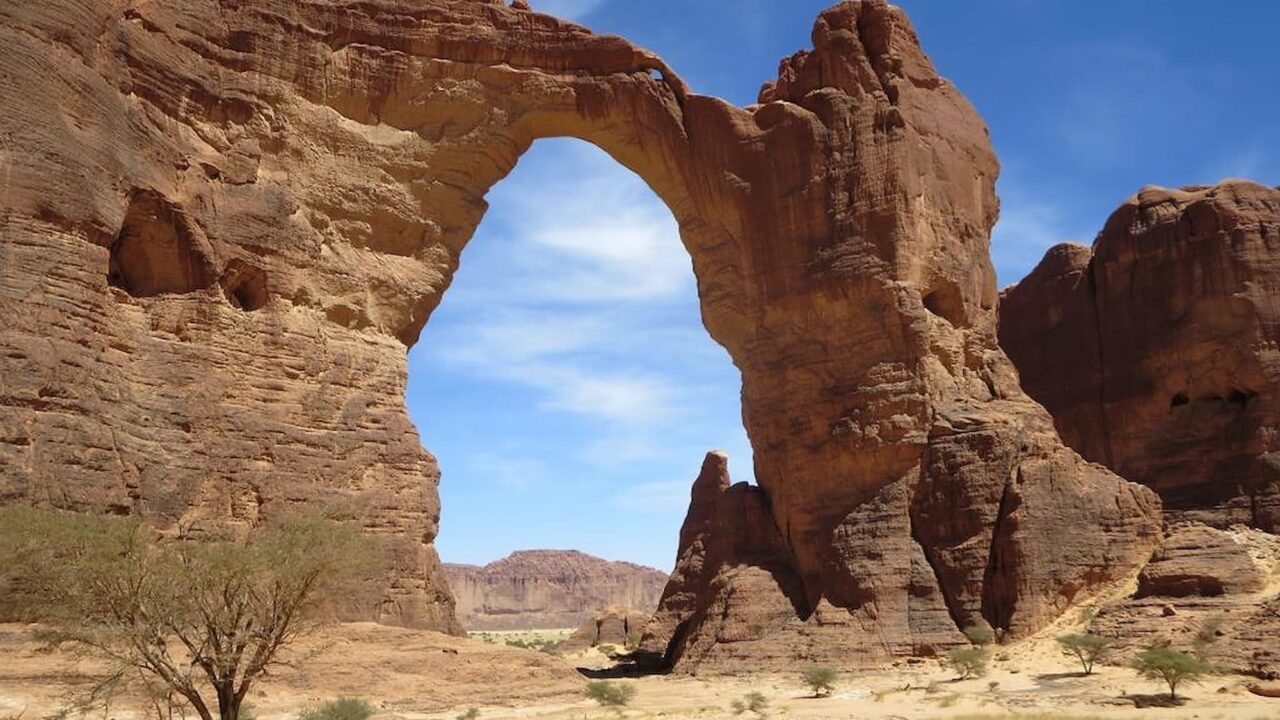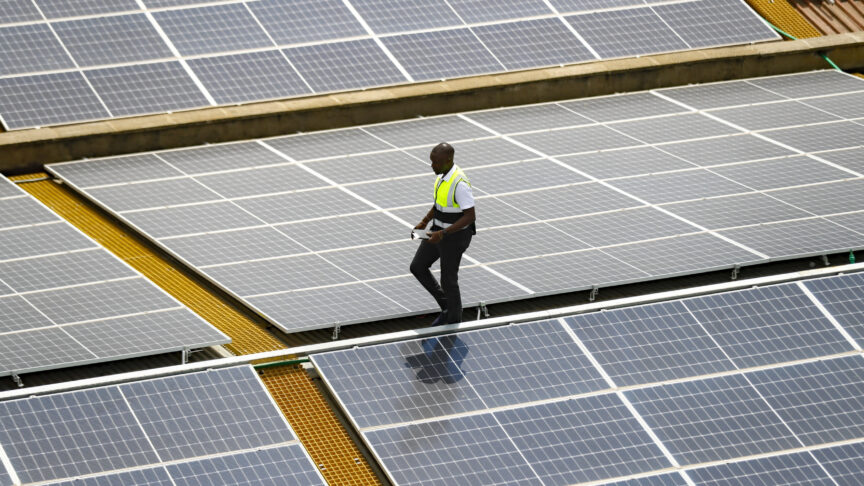The EU’s Global Gateway and a new foundation for partnerships in Africa
The EU should conceive of the Global Gateway and the international aspect of the European Green Deal as mutually reinforcing parts of a single strategy. This would make Europe a key partner in Africa’s green transformation – to the benefit of both continents
On 15 September 2021, the European Commission announced that the European Union would implement a connectivity grand strategy called the Global Gateway. The strategy is designed to offset China’s $1 trillion Belt and Road Initiative, which is reshaping the architecture of global commerce.
Introducing the Global Gateway, Commission President Ursula von der Leyen emphasised partnerships with African countries, identifying the February 2022 EU-Africa Summit as the first venue in which the EU will discuss its new connectivity strategy with regional partners. Yet can Europe really hope to compete with Chinese investment in Africa, totalling $47.4 billion?
It can.
When it comes to successful investment partnerships in Africa, bigger does not always mean better. Chinese investments across the continent have not brought about a China-style economic boom in a single African country.
Europe’s opportunity to fill the resulting gap lies in investment that creates large-scale, value-added production in Africa. But, to do so, the EU needs to deploy its resources in a coordinated, strategic manner. The key to ensuring that Europe becomes Africa’s leading growth partner is to combine the Global Gateway with the European Green Deal, the EU’s $1 trillion initiative for tackling climate change at home and abroad. Instead of separating its green agenda from its response to China’s Belt and Road Initiative, the EU should combine them into a coherent whole.
Africa provides the opportunity to do just that. Climate action in Africa is about greening the continent’s heavy industries and developing new, climate-friendly business sectors that use the digital economy. Sub-Saharan Africa has already leapfrogged the rest of the world in mobile banking and digital financial services. In 2019 these services and the new business sectors emerging from them generated $155 billion of value added in Sub-Saharan Africa. And much of this growth has been in Africa’s green economy. In east Africa alone, one million mobile phone subscribers have purchased off-grid solar power systems, as well as the energy-efficient lighting, televisions, and refrigerators powered by those systems. This has generated $86 million in income and $467 million in cost savings for households, and has prevented an estimated 2 million tonnes of CO2 emissions from entering the atmosphere.
If the EU is to create commercial corridors that shape the architecture of global trade, it will need to couple large investments in port and rail infrastructure with an industrial base integrated into manufacturing value chains
These sectors of Africa’s green economy could rely on the connective tissue created by the Global Gateway: infrastructure for green energy production, as well as advanced information and communications networks. Therefore, the EU should use the Global Gateway to implement the international aspects of the European Green Deal – not merely to enhance Africa’s exports of green energy (such as hydrogen) for European consumption. While this would require the bloc to think more strategically, bringing Europe into Africa’s green transformation would benefit both continents.
The strategic value of “smarter” investment
In her State of the Union address announcing the Global Gateway, von der Leyen acknowledged some of the shortcomings of European investment in Africa, declaring that “it does not make sense for Europe to build a perfect road between a Chinese-owned copper mine and a Chinese-owned harbour”. “We have to get smarter when it comes these kinds of investments”, she added. ‘Getting smart’ means investing in value-added production. If the EU is to create commercial corridors that shape the architecture of global trade, it will need to couple large investments in port and rail infrastructure with an industrial base integrated into manufacturing value chains.
Europe has done exactly that in one case in Africa. European partnerships with Rabat have turned Morocco into an African automotive manufacturing giant. Morocco’s Renault and Peugeot factories, supplied with components by the Morocco-based manufacturing plants of more than 200 global companies, have the capacity to produce around 700,000 vehicles per year. Morocco is becoming the central node in a commercial corridor that runs from west Africa to western Europe.
Although China invested heavily to expand Morocco’s main port, that port ships Moroccan-manufactured European vehicles – not Chinese vehicles – to international markets. Indeed, Chinese firms have felt compelled to integrate into the Moroccan-European value chain. China’s CITIC Dicastal, for example, opened a $400 million plant near Peugeot’s factory in Kenitra to supply the French automaker with up to 6 million components annually. Now, Peugeot’s sister company, German automaker Opel, is starting to use Peugeot’s Kenitra plant to produce electric cars – and providing Europe and Morocco with an important first-mover advantage in the development of carbon-free mobility in Africa.
Europe’s role in Africa’s green and digital economies
In outlining the Global Gateway’s goals to deepen trade links and strengthen supply chains, von der Leyen singled out the need to “develop new investment projects on green and digital technologies”. The European Green Deal can become the investment engine that achieves this objective, if it involves a European financial commitment on a scale large enough to match the Global Gateway’s ambitions.
Such European Green Deal partnerships with African actors have enormous potential to develop economies of scale and integrate value chains. To achieve this, the EU’s investment in Africa needs to be large enough to create local, value-added production that contributes to the continent’s emerging green and digital economies. The EU can merge the means of the Global Gateway with the European Green Deal to achieve their objectives in synergy with each other. In this way, the EU could establish a new foundation for its partnerships in Africa that enhances African prosperity, security, and sovereignty while promoting rules and business practices that are in line with European priorities and values.
The European Council on Foreign Relations does not take collective positions. ECFR publications only represent the views of their individual authors.



